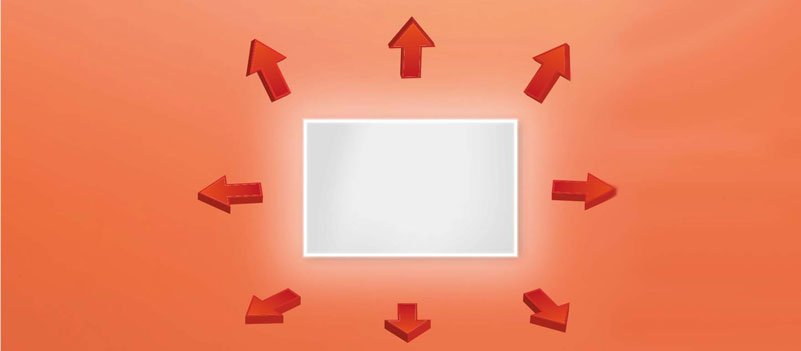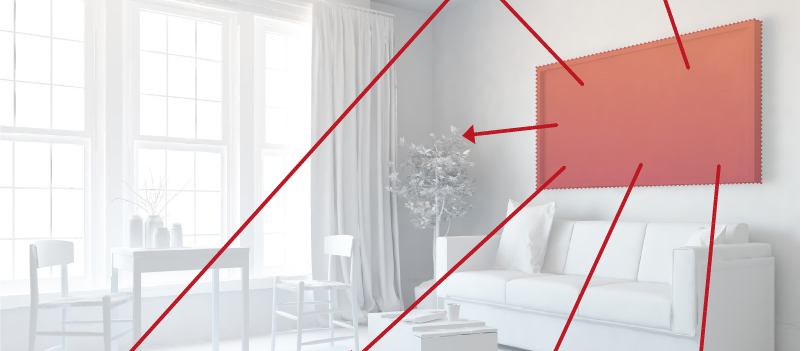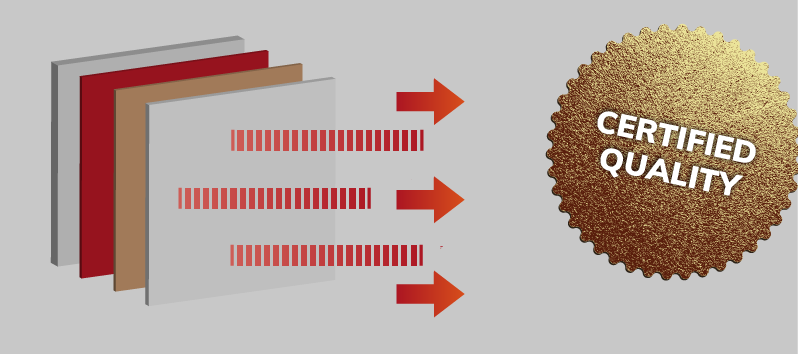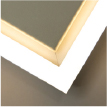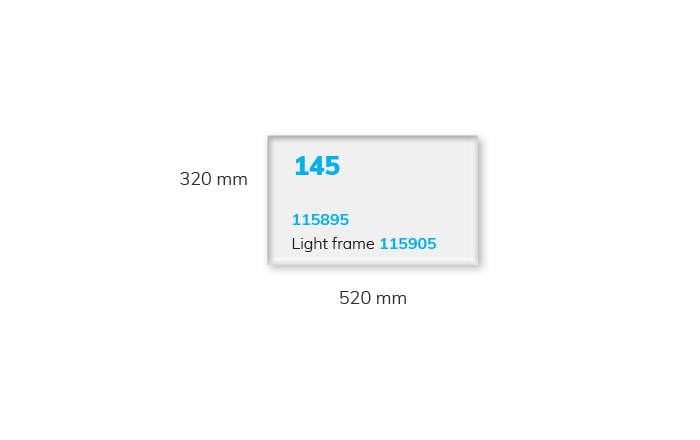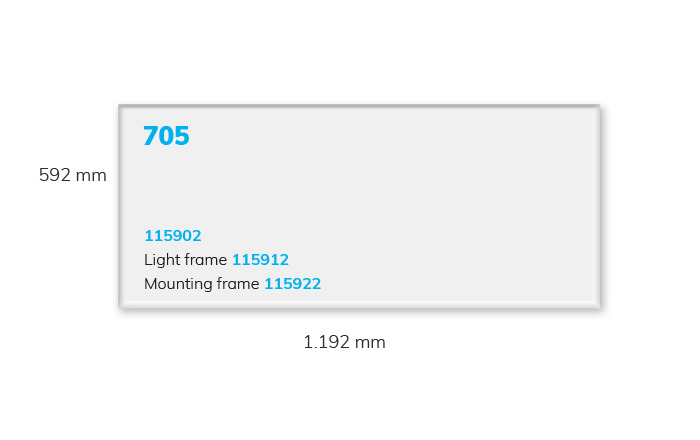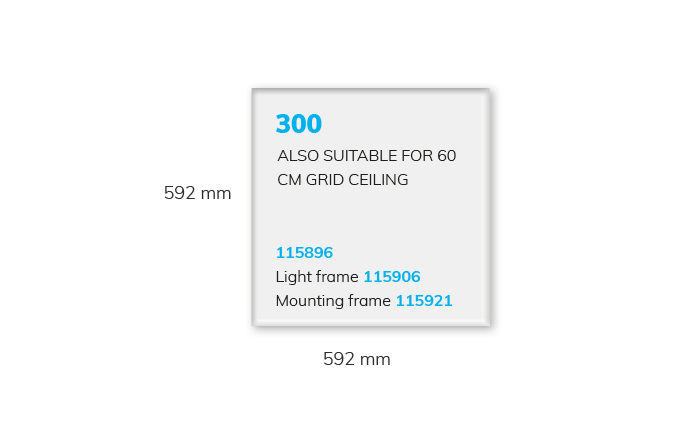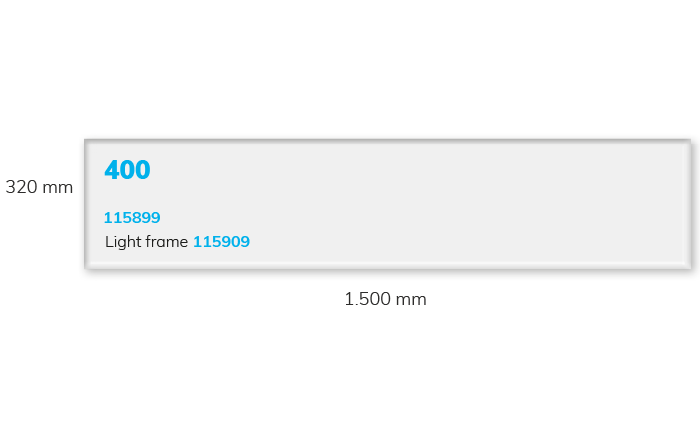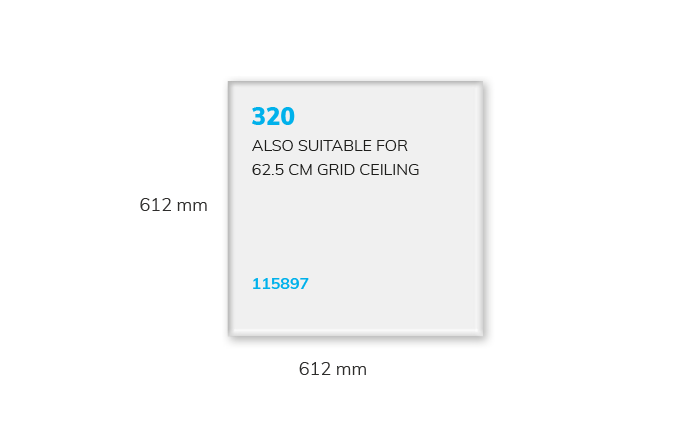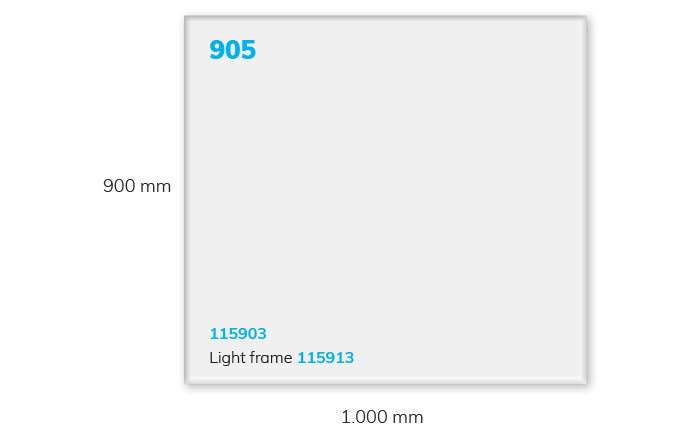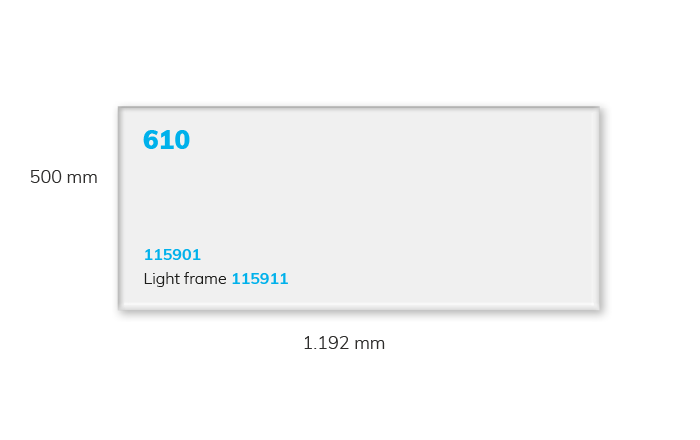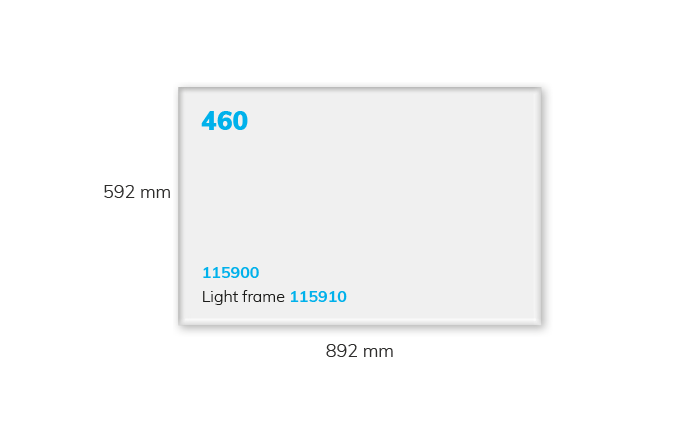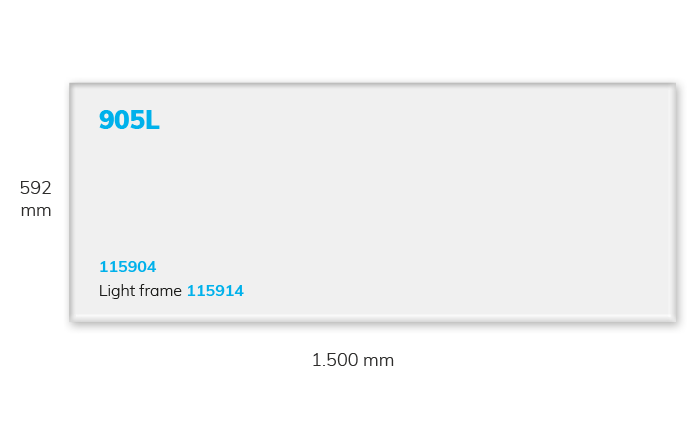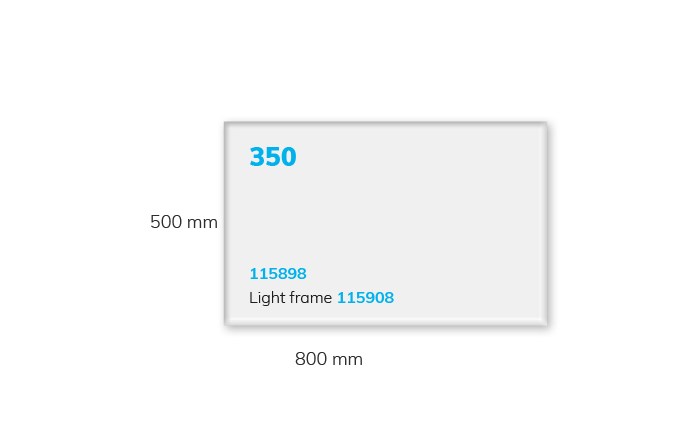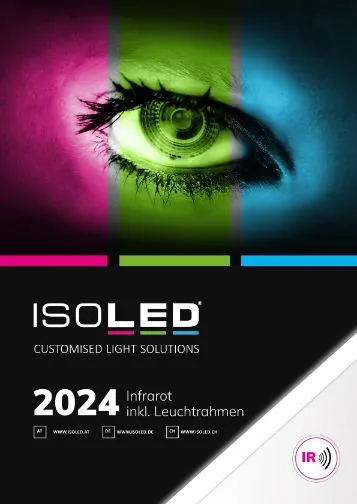Contact
Everything about infrared
What is infrared?
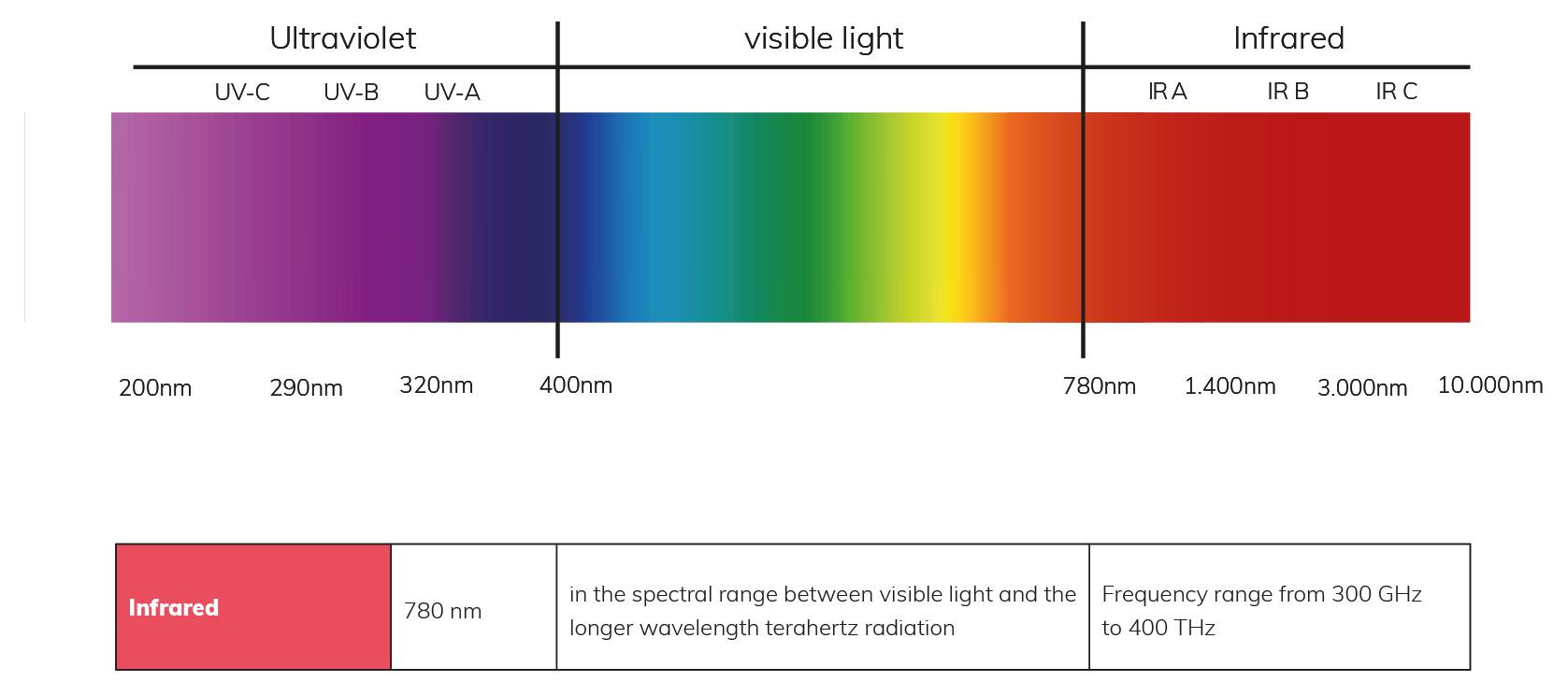
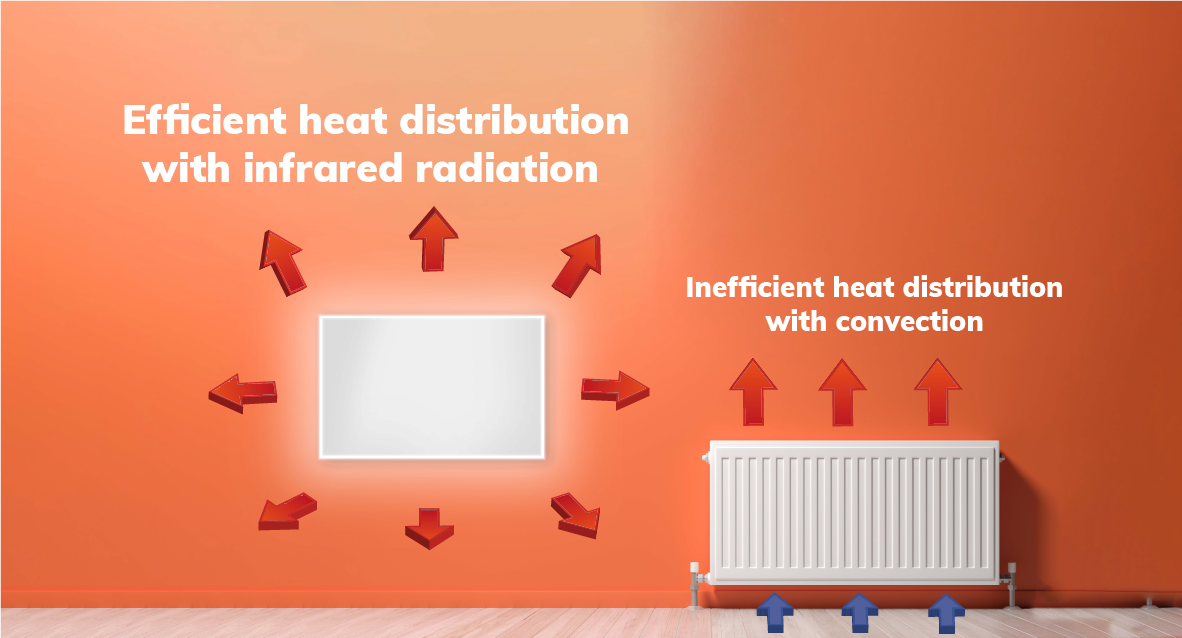
How does an infrared heater work
One of the highest radiation efficiencies on the market!
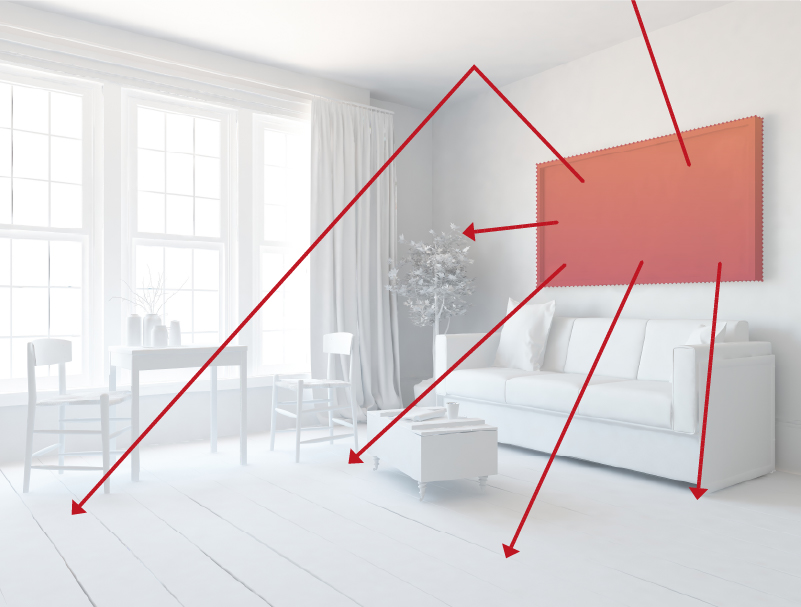
Higher energy yield due to innovative technology
Why infrared heating panels from ISOLED®?
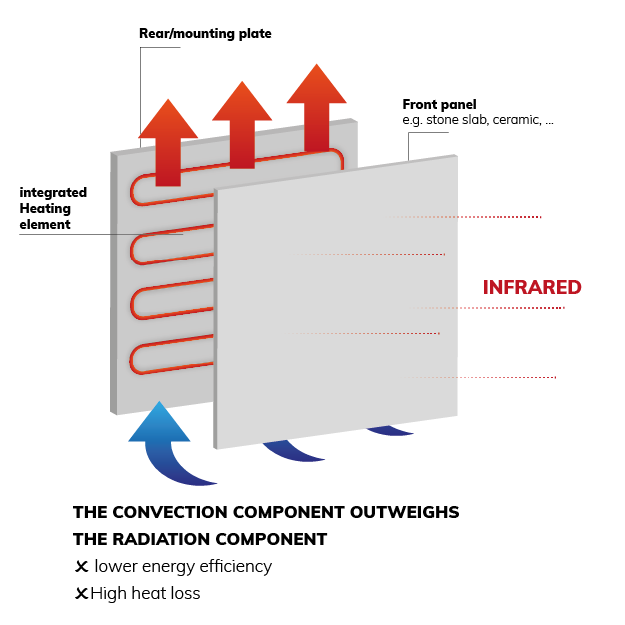
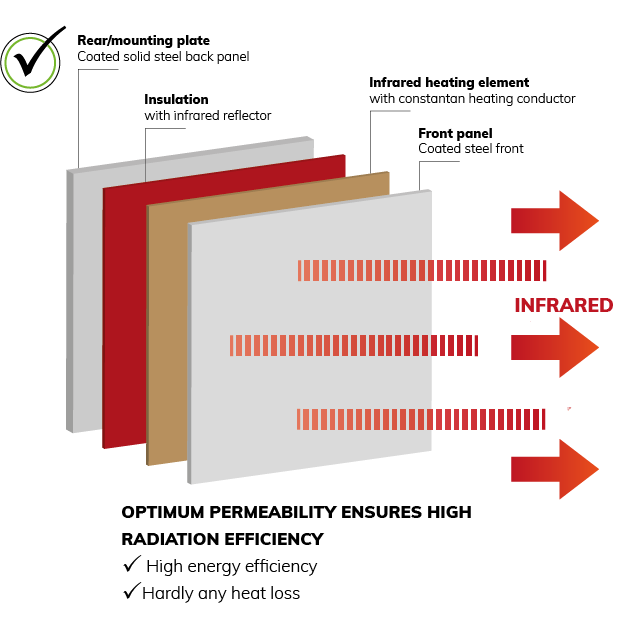

Our heating panels are ÖVE certified!

Our heating panels are not only state of the art, but they combine the key benefits of electronic radiant heating:
» Heating cost savings of up to 50%
» selective heating – where the heat is needed
" long lifetime
" enormously space-saving & individually placeable
With the ÖVE certificate, the quality of our products has now been officially confirmed.
Security as a quality factor
Since its foundation in 1883 - in a time of rapid development and spread of electrical engineering - the ÖVE Austrian Electrotechnical Association has set itself the goal of ensuring the safe use of electrotechnical devices and systems. In line with this goal, the association issued the first safety regulations for electrical engineering as early as 1889.
Today, more than 130 years after its formation, the founding goals of the ÖVE are still valid: With its core areas of electrotechnical standardization and certification, the association stands for safety and technical advancement and thus also for economic advancement. With its activities, it supports the economy in the global market and objectively and independently ensures compliance with national as well as international standards and guidelines.
4 easy steps
How do i plan my infrared heating?

1. Determine demand

A basic room height of 2.60 m is
used for the calculation.
| no insulation | 150-250 Watt/m² |
| bad insulation | 100-150 Watt/m² |
| medium insulation | 50-100 Watt/m² |
| good insulation | 10-50 Watt/m² |
| passive house | 0-10 Watt/m² |
2. Place heating panels correctly
In principle, you can install the panels on the ceiling, as well as on the walls. A stand is also possible in order to place the infrared panel flexibly in the room.
However, when placing, pay attention to the following:
- Do not install the infrared panels opposite reflective surfaces such as glass or windows. Due to the reflection, the heat cannot be stored well and energy is lost. The same applies to glazed tile surfaces, such as those found in some bathrooms.
- The radiation from the panels should not be obstructed by curtains or furniture that is too close together, such as a couch.
- In older buildings or rooms with a damp outer wall, installation on the inner wall is a good idea. As a result, the outer wall is directly irradiated and dried.
- If you choose to mount the infrared panel on the ceiling, do not position it directly above a seating area. Some find the direct radiation from above unpleasant.
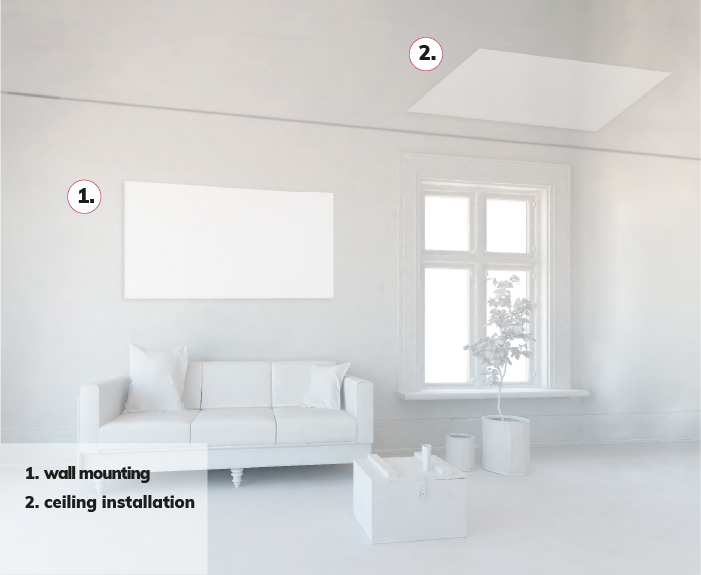
3. Choose product
Premium
Size in mm
320x520
600x600
625x625
500x800
320x1500
600x900
500x1200
600x1200
900x1000
600x1500
4. Planning the control
The control system that is best suited for your heating solution depends primarily on how many infrared heating panels you are using. If you want to control several panels, our room thermostats are suitable in combination with our switching actuators (also flush-mounted).
How does a thermostat work?
- Night reduction
- Daily or weekly programs
- Party mode
- Frost monitor
Place thermostats correctly
Not only the placement of the infrared panels, but also the thermostat is essential for efficient heating. Because: the temperature is measured where the room thermostat is placed. Therefore, care should be taken to ensure that the thermostat is not too close to the heater or other heat sources. Otherwise the temperature measurement of the thermostat can be falsified and the desired room climate cannot be achieved. The same applies to very cool places like window sills.
Unsuitable places for a thermostat are also
- Places which are permanently exposed to strong solar radiation
- behind curtains
- in or behind furniture
INFRARED HEATING - COST-EFFICIENT AND ECOLOGICAL
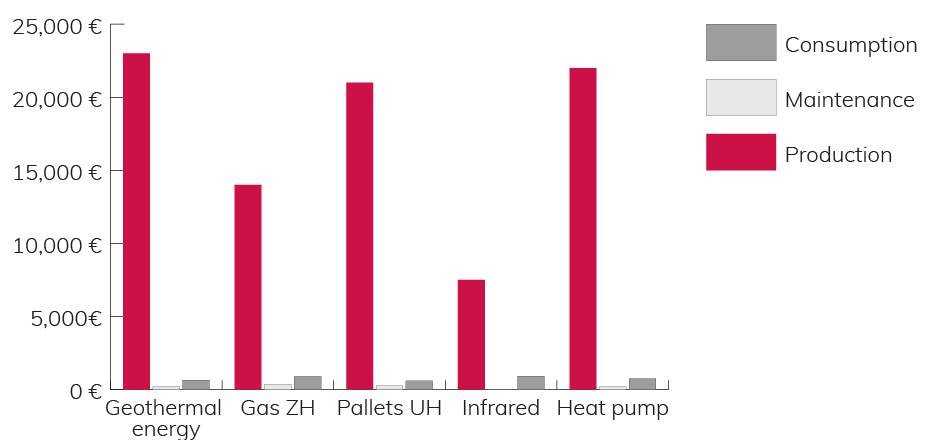
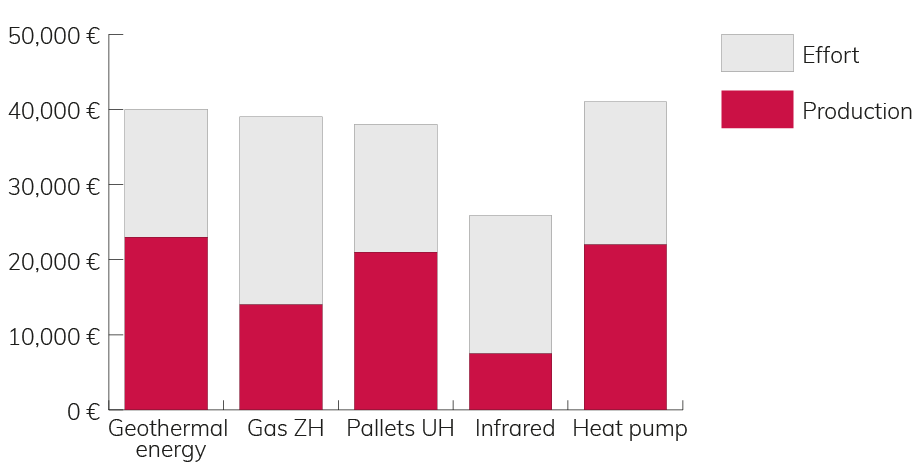
A major advantage of infrared heating compared to the water-bearing heating systems shown in the diagram is the fact that the electrical energy is converted directly at the point of use without any line losses. Depending on the condition and insulation of the pipework, water-bearing heating systems cause line losses of up to 30% of the energy used.
Find out for yourself with our heating cost calculator!
infrared heating Cost Calculator
You can change the pre-filled fields as you wish. 210 heating days per year represent the period from 01.10 to 30.04. We assume an average daily heating time of 5 hours, an electricity price of 0.2 € and an area of 120 m². If you click on "Calculate", you will see the annual electricity costs for different types of buildings.
ENTER VALUES HERE
BUILDING TYPE |
ANNUAL COSTS |
|---|---|
Passive house |
|
Lowest-energy building |
|
New building (low energy building) (brick, solid wood, timber frame, aerated concrete) |
|
| New building standard 2000-2015 |
|
Existing building year -2000 Standard (brick, solid wood, timber frame, aerated concrete) |
|
Average stock 1950-1970 |
|
Supplementary or transitional heating |
|
Winter garden |
|
Workshop |

Save up to 37%
on costs
No service/
maintenance costs
30-70% less acquisition cost
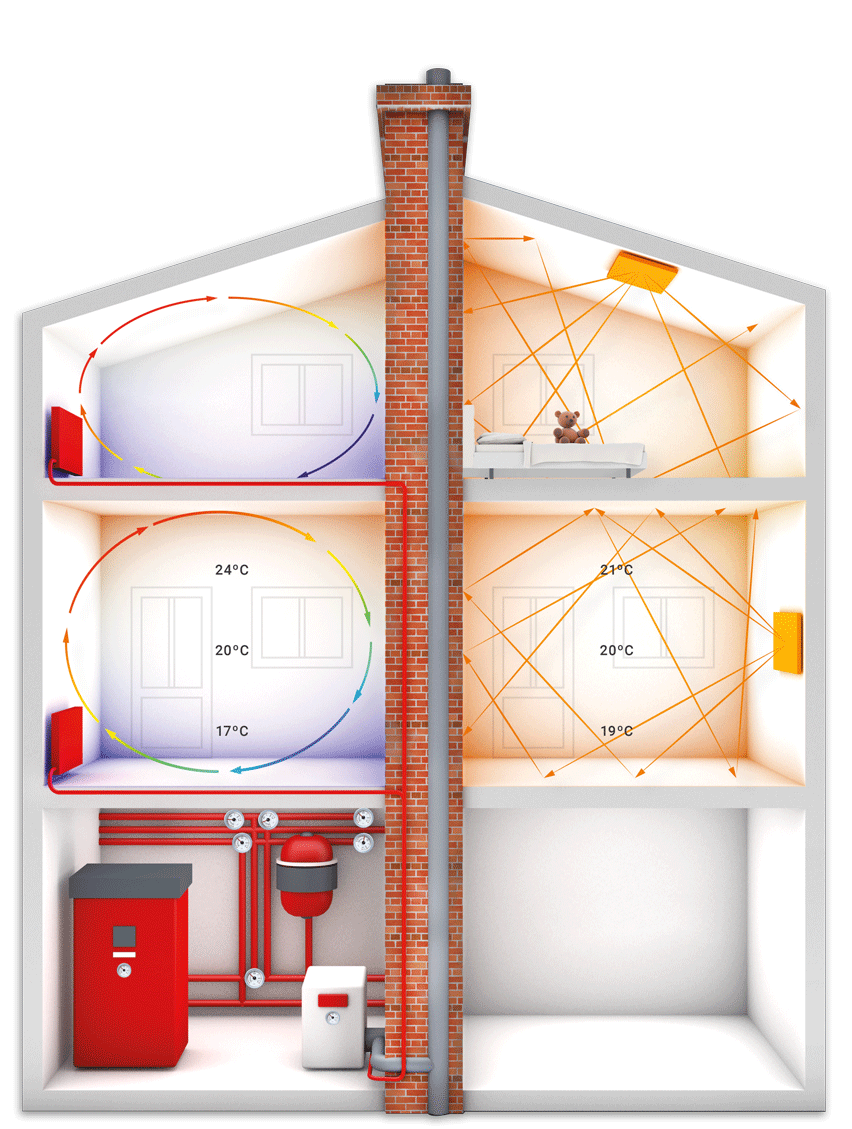
Uniform heat development and more space!

Any questions?
Cold? 
Don't waste any time! Register in the shop and order immediately or contact us via our form or by phone. We will be happy to advise you!
You can also find everything about our infrared heating panels with or without LED light frames in a product catalogue in DE, EN, FR, IT and HU.



